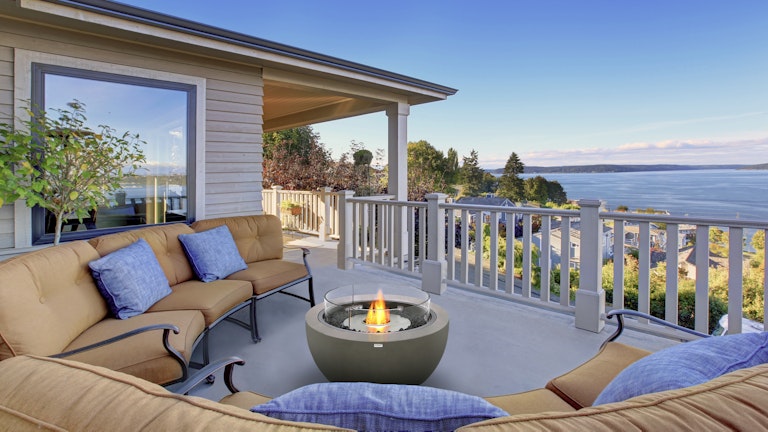The cost of an outdoor heater or fire is more than just the purchase price. You will also want to consider the ongoing running costs.
This article answers common questions about outdoor heating running costs for the main fuel and power sources – electricity, gas and wood. After reading, you should have a good idea how much each type of heating should cost to run. Bear in mind, running costs are only one aspect of outdoor heating. Other important considerations such as ambience, design and aesthetic qualities, clean fuel options and eco-friendliness, should also be factored into the decision-making process.
So, which is the most cost-effective – electricity, gas or wood? Keep reading to find out.
Disclaimer - Prices for average electricity rates were accurate at the time of writing while others are stated as estimates. Please check with your local power provider for accurate prices. Please contact your outdoor heater retailer for current fuel prices.





